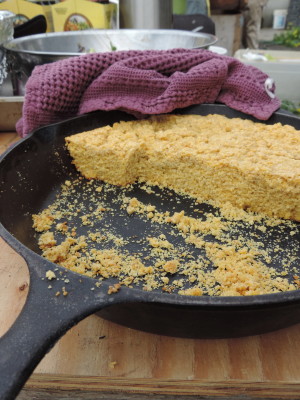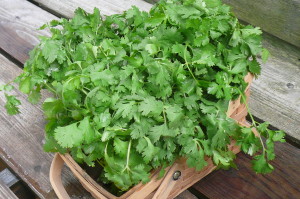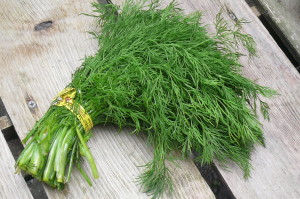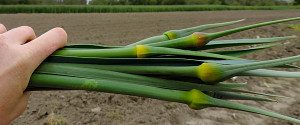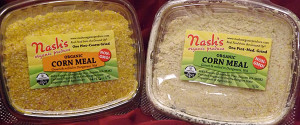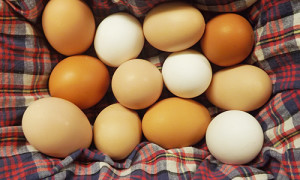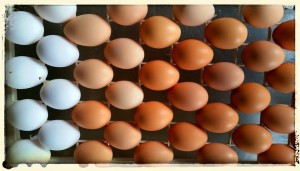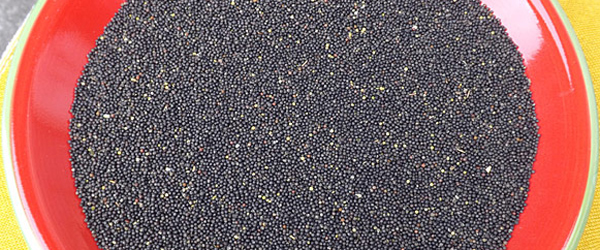1 cup Nash’s cornmeal
1 cup Nash’s white wheat flour (or triticale flour or red wheat flour)
1/2 teaspoon salt
4 teaspoons baking powder
1 tablespoon raw sugar
1 egg
1 cup raw milk
1/4 cup melted butter
Combine wet ingredients and mix them into thoroughly combined dry ingredients. Slather butter or bacon grease into 8” cast iron pan and bake at 350 degrees for about 30 minutes.
Variations:
- Add a teaspoon each of chilli powder and ground cumin to the dry mix.
- Grate or dice chunks of cheese and gently fold into batter before putting into pan.
- Gently fold roughly chopped fresh cilantro, basil or parsley into the batter.
- Gently fold about a cut of chopped peppers, leeks, onions, green onions, corn kernels or other veggies into the batter.
- Use coconut oil instead of butter.
- Top the batter with thinly sliced colorful peppers for a beautiful presentation.
We thank Nash’s own Kia for this recipe.
Have you tried this recipe? Tell us how it turned out!

